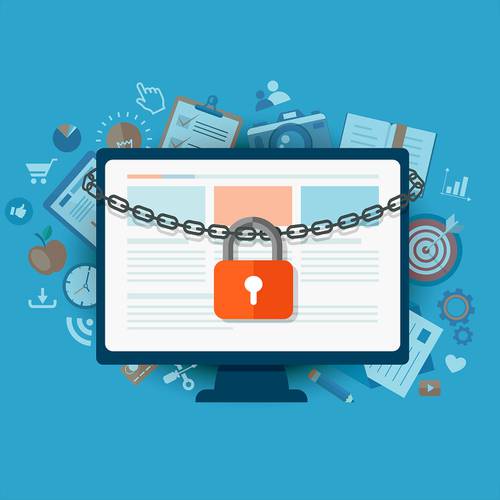Here’s an abstract idea to begin with: the Web is an enormous collection of websites and related resources connected via the hyperlink - a special link that acts as a follow-up for any other website, which we can reach with a click.
Let’s have a look at how the Web has evolved over the years since its inception.
Web 1.0 (1991 to 2004) was the starting phase, where only static websites were used all over the Internet, meaning all the content available on the Web was in a read-only format. The websites were mostly designed by developers meant for companies and organisations. The role of the user was just to read the information. There was no way to interact with the websites. So, this form of the Web can be thought of as a “Read-Only” Web.
Web 1.0 was succeeded by Web 2.0 (2004 to present), a phase in which the Web became more open with the implementation of the idea: “Web as a Platform”. In this era, one does not need a vast knowledge of the Web to create content. Many web applications allow anyone to produce content and post on the Web. Sites like YouTube, Facebook, and Twitter are classic examples. Further, this is the period where many organisations like banks, E-Commerce and governments started building their applications on the Web.
If Web 2.0 seems technologically advanced and entrenched, then what is the need for the next evolution of the Web? The answer is twofold.
Firstly, let’s think about why huge corporate tech companies like YouTube or Google would provide their products free of cost. It is because they make their profits through targeted ads by creating an identity of ourselves from the data they’ve collected from us. In 2020, advertising accounted for 98% of the total revenue of Facebook.
Besides, in Web 2.0, one does not have any control over one’s data and also does not know about how it is stored. Moreover, companies often track and save users’ data without their knowledge. The collected data is then owned and controlled by the companies in charge of these platforms. As a result, many data breaches and cyber-attacks occur every year because of various reasons.
These justify how ‘exploitation’ and ‘centralization’ of users’ data serve as downsides to Web 2.0. This is where Web 3.0 steps in to solve many of these shortcomings by fundamentally rethinking how we architect and interact with applications from the ground up.





